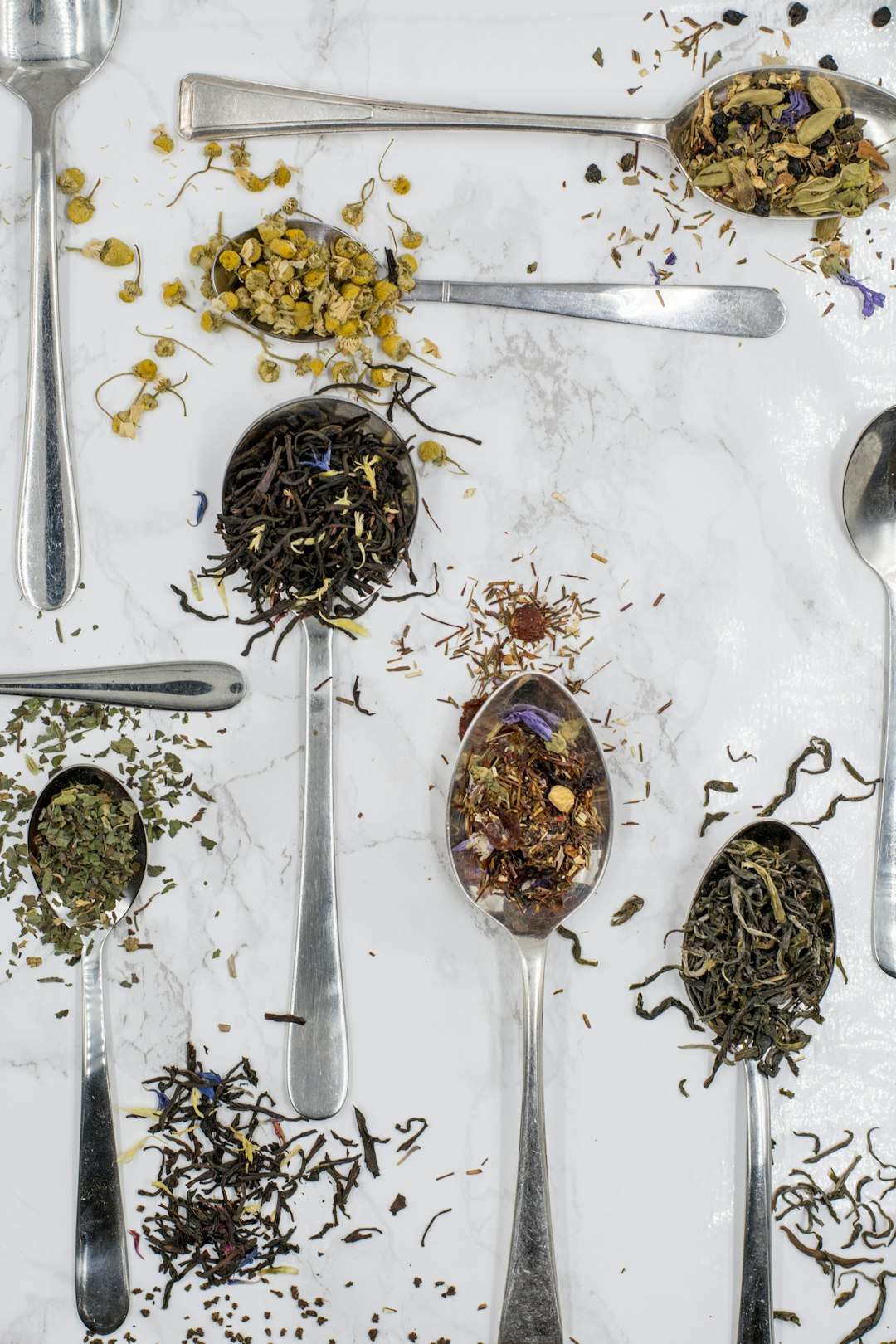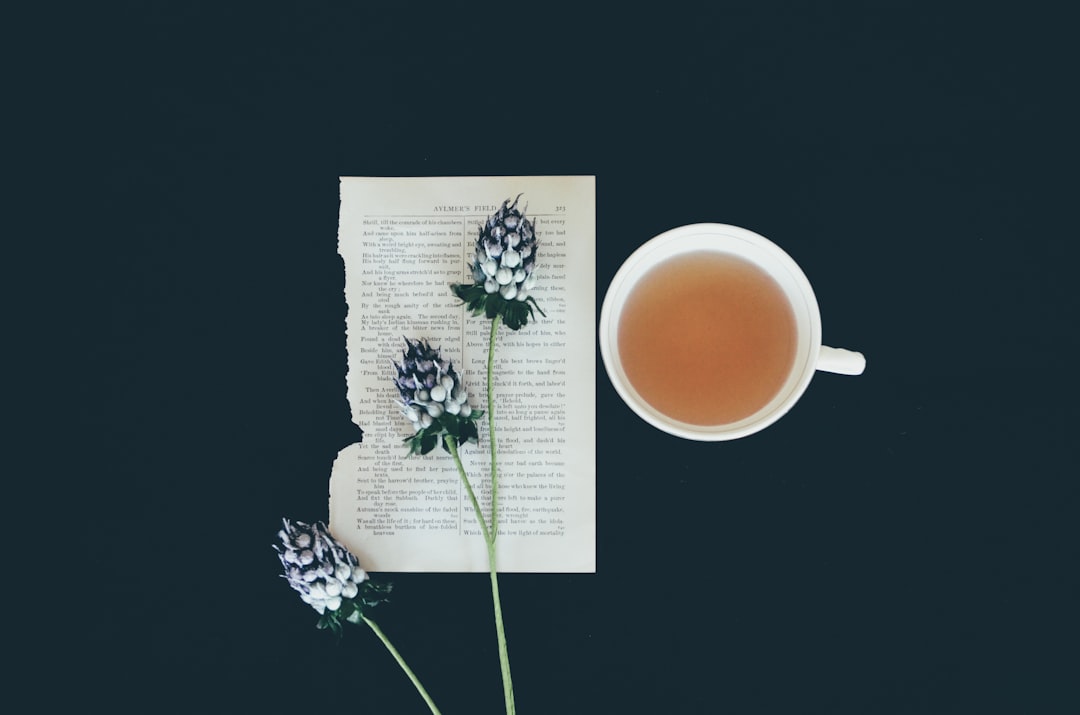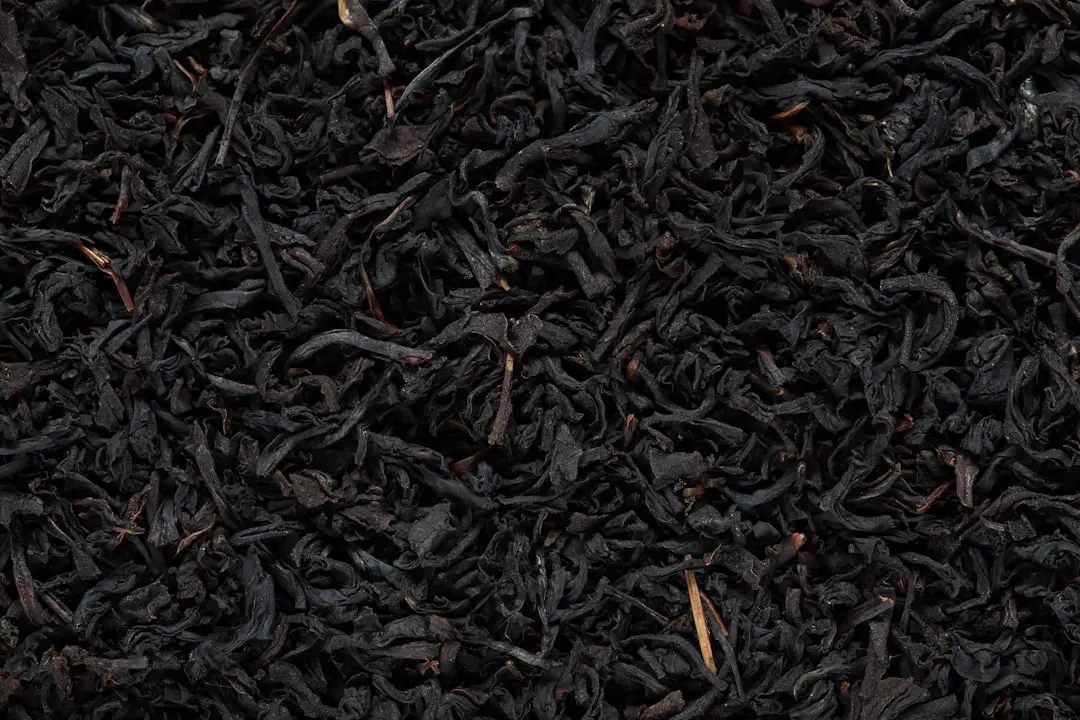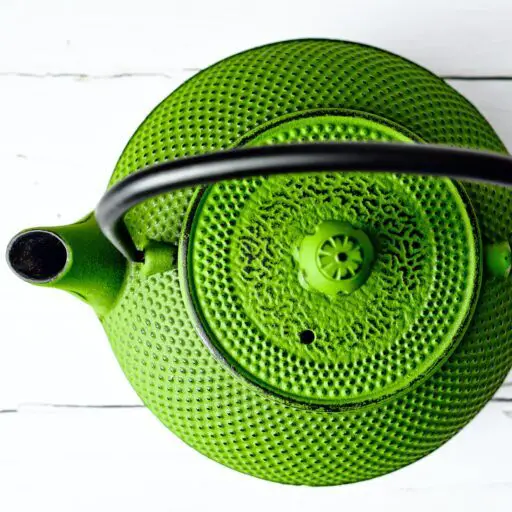Support our educational content for free when you purchase through links on our site. Learn more
The 15 Best Tea-Producing Countries in the World 🌍 [2025]

When it comes to tea, the world is a vast tapestry of flavors, traditions, and cultures. From the misty mountains of China to the sun-drenched hills of Sri Lanka, each country offers a unique take on this beloved beverage. Did you know that over 3 billion cups of tea are consumed daily around the globe? That’s a staggering number! In this article, we’ll explore the 15 best tea-producing countries, diving into what makes their teas so special and how you can enjoy them at home. Whether you’re a seasoned tea connoisseur or just starting your journey, there’s something here for everyone. So, grab your favorite cup and get ready to sip your way through the world of tea!
Key Takeaways
- Diverse Flavors: Each country produces unique tea varieties, ensuring a flavor for every palate.
- Cultural Significance: Tea is deeply embedded in the cultural practices of many nations, offering rich experiences beyond just drinking.
- Health Benefits: Many teas are packed with antioxidants and other health-promoting properties.
- Top Countries: The article highlights 15 countries, including China, India, and Japan, known for their exceptional teas.
Ready to explore the world of tea? 👉 Shop for the best teas from these countries:
Table of Contents
- Quick Tips and Facts
- The Rich History of Tea: A Global Perspective
- Top 15 Countries Producing the Best Tea in the World
- 1. China: The Motherland of Tea 🍵
- 2. India: The Land of Diverse Flavors 🇮🇳
- 3. Japan: The Art of Green Tea 🍃
- 4. Sri Lanka: Ceylon Tea Paradise 🌴
- 5. Taiwan: Oolong Heaven 🌺
- 6. Kenya: The African Tea Giant 🌍
- 7. Vietnam: The Rising Star of Tea 🌟
- 8. Turkey: The Tea Culture of the East ☕
- 9. Indonesia: The Hidden Gem of Tea 🌈
- 10. Argentina: The Mate Connection 🇦🇷
- 11. Iran: The Persian Tea Tradition 🕌
- 12. Russia: The Samovar and Beyond 🫖
- 13. Nepal: The Himalayan Tea Experience 🏔️
- 14. Malawi: The African Tea Treasure 💎
- 15. South Africa: Rooibos and Beyond 🇿🇦
- Understanding Tea Varieties: From Black to White
- The Art of Brewing: Perfecting Your Cup ☕
- Health Benefits of Tea: Sip Your Way to Wellness 🌱
- Cultural Significance of Tea Around the World 🌍
- Tea Trends: What’s Brewing in 2023? 🔮
- Conclusion
- Recommended Links
- FAQ
- Reference Links
Quick Tips and Facts
To unlock 10 health benefits of drinking high-quality tea brands 🍵, visit our article at https://www.teabrands.org/what-are-the-health-benefits-of-drinking-tea-from-high-quality-tea-brands/. Here are some key points to get you started:
- Tea and Health: Drinking tea has been associated with numerous health benefits, including reducing the risk of heart disease and certain types of cancer, as stated by the National Institutes of Health.
- Tea Varieties: With so many types of tea available, from black and green to white and oolong, understanding the differences can be overwhelming. For a deeper dive into tea varieties, check out our Tea Brand Guides.
- Tea Culture: Tea is not just a drink; it’s a cultural phenomenon. Explore the rich history and cultural significance of tea at Tea Culture and History.
Top Tea-Producing Countries
Here’s a sneak peek at the top tea-producing countries:
- China: The birthplace of tea, known for its diverse range of tea varieties.
- India: Famous for its Assam, Darjeeling, and Nilgiri teas.
- Kenya: Produces strong, astringent black teas.
The Rich History of Tea: A Global Perspective

Tea has a rich history that spans thousands of years, with its origins dating back to ancient China. According to History.com, tea was first introduced to China during the Shang Dynasty. From there, it spread to other parts of Asia, including Japan and Korea, before making its way to Europe and the rest of the world.
The Spread of Tea
- China to Japan: Tea was introduced to Japan from China, where it became an integral part of the traditional Japanese tea ceremony.
- Europe and Beyond: Tea was introduced to Europe by the Portuguese, who established trade routes with China. It quickly became popular among the aristocracy and eventually spread to the general population.
Top 15 Countries Producing the Best Tea in the World
Here’s a detailed look at the top 15 countries producing the best tea in the world:
- China: The motherland of tea, China produces a wide range of tea varieties, from green tea to pu-erh.
- India: India is famous for its Assam, Darjeeling, and Nilgiri teas, each with its unique flavor profile.
- Japan: Japan is known for its high-quality green tea, including matcha and sencha.
- Sri Lanka: Sri Lanka produces some of the world’s best black tea, known for its bright and lively flavor.
- Taiwan: Taiwan is famous for its oolong tea, which is partially fermented to give it a unique flavor.
- Kenya: Kenya produces strong, astringent black teas that are popular around the world.
- Vietnam: Vietnam produces both black and green teas, with its lotus tea being a unique and flavorful variety.
- Turkey: Turkey is a high consumer of tea, with its own unique tea culture and traditional tea blends.
- Iran: Iran produces black tea, often flavored with spices like cardamom.
- Indonesia: Indonesia mainly produces black tea, with its Java and Sumatra islands being known for their high-quality teas.
- Argentina: Argentina primarily produces Yerba Mate, a traditional South American tea.
- Japan: Japan is known for its green tea, including matcha and sencha.
- Nepal: Nepal produces some of the world’s best tea, with its Himalayan tea being a unique and flavorful variety.
- Malawi: Malawi produces high-quality black tea, known for its bright and lively flavor.
- South Africa: South Africa produces rooibos tea, a caffeine-free tea that is popular around the world.
Understanding Tea Varieties: From Black to White
With so many types of tea available, understanding the differences can be overwhelming. Here’s a brief overview:
- Black Tea: Fermented tea that is strong and full-bodied.
- Green Tea: Unfermented tea that is light and refreshing.
- White Tea: The least processed of all teas, with a delicate flavor and numerous health benefits.
- Oolong Tea: Partially fermented tea that offers a unique flavor profile.
Tea Comparison Table
| Tea Type | Fermentation Level | Flavor Profile |
|---|---|---|
| Black Tea | Fully Fermented | Strong, Full-Bodied |
| Green Tea | Unfermented | Light, Refreshing |
| White Tea | Least Processed | Delicate, Sweet |
| Oolong Tea | Partially Fermented | Complex, Floral |
The Art of Brewing: Perfecting Your Cup
Brewing the perfect cup of tea is an art that requires attention to detail. Here are some tips to get you started:
- Water Temperature: Use fresh, filtered water at the right temperature for your tea type.
- Steeping Time: Steep your tea for the right amount of time to avoid over-extraction.
- Tea Leaves: Use high-quality tea leaves that are fresh and aromatic.
Brewing Tips
For the perfect cup, follow these brewing tips:
- Use one teaspoon of loose-leaf tea or one tea bag for every 8 oz of water.
- Heat water to the right temperature for your tea type (e.g., 200°F for black tea).
- Steep for the right amount of time (e.g., 3-5 minutes for black tea).
Health Benefits of Tea: Sip Your Way to Wellness
Drinking tea has been associated with numerous health benefits, including reducing the risk of heart disease and certain types of cancer. For more information on the health benefits of tea, visit our Health Benefits of Tea page.
Top Health Benefits
Here are the top health benefits of drinking tea:
- Antioxidants: Tea is rich in antioxidants, which help protect against cell damage and reduce the risk of certain diseases.
- Heart Health: Drinking tea has been shown to reduce the risk of heart disease by lowering cholesterol levels and blood pressure.
- Cancer Prevention: Some studies suggest that drinking tea may help reduce the risk of certain types of cancer, such as breast and prostate cancer.
Cultural Significance of Tea Around the World
Tea is not just a drink; it’s a cultural phenomenon. From traditional Japanese tea ceremonies to Indian chai wallahs, tea plays a significant role in many cultures around the world. For more information on tea culture, visit our Tea Culture and History page.
Tea Culture Examples
Here are some examples of tea culture around the world:
- Japan: Traditional Japanese tea ceremonies, which emphasize the importance of mindfulness and respect for nature.
- India: Chai wallahs, who serve spiced tea to people on the streets.
- China: Traditional Chinese tea houses, where people gather to socialize and enjoy tea.
Tea Trends: What’s Brewing in 2023?
The tea industry is constantly evolving, with new trends and innovations emerging every year. Here are some of the top tea trends for 2023:
- Sustainable Tea: With the growing concern for the environment, sustainable tea practices are becoming increasingly popular.
- Herbal Tea: Herbal tea, also known as tisane, is gaining popularity for its unique flavors and health benefits. For more information on herbal tea, visit our Herbal Tea page.
- Cold Brew Tea: Cold brew tea is a new trend that involves steeping tea leaves in cold water for an extended period of time.
Top Tea Trends
Here are the top tea trends for 2023:
- Sustainable Tea: Sustainable tea practices, such as organic farming and fair trade, are becoming increasingly popular.
- Herbal Tea: Herbal tea, such as peppermint and chamomile, is gaining popularity for its unique flavors and health benefits.
- Cold Brew Tea: Cold brew tea is a new trend that involves steeping tea leaves in cold water for an extended period of time.
Conclusion

In our exploration of the best tea in the world by country, we’ve uncovered a treasure trove of flavors, traditions, and cultures that make tea so beloved globally. From the rich history of tea in China to the vibrant tea culture in India, each country offers its unique spin on this timeless beverage.
Summary of Positives and Negatives
-
Positives:
- Diverse Varieties: Each country produces unique tea types, ensuring there’s something for every palate.
- Cultural Significance: Tea is deeply embedded in the cultural practices of many countries, offering a rich experience beyond just drinking.
- Health Benefits: Many teas are packed with antioxidants and other health-promoting properties.
-
Negatives:
- Quality Variability: Not all teas from a country are of high quality; it’s essential to choose reputable brands.
- Accessibility: Some of the best teas may not be readily available outside their country of origin.
In conclusion, we confidently recommend exploring teas from various countries to find your favorites. Whether you prefer the boldness of Indian Assam or the delicate notes of Japanese matcha, there’s a world of tea waiting for you! 🌍🍵
Recommended Links
- 👉 Shop Chinese Tea on: Amazon | Camellia Sinensis
- 👉 Shop Indian Tea on: Amazon | Tea Trunk
- 👉 Shop Japanese Tea on: Amazon | Ippodo Tea
- Books on Tea:
FAQ

Which country is famous for producing the best tea in the world?
China is often regarded as the birthplace of tea and is famous for its diverse range of high-quality teas, including green, black, and oolong. The rich history and variety of flavors make it a top contender for the best tea in the world.
Read more about “Discover the Top 10 Best Types of Tea You Must Try in 2025! 🍵”
What factors determine which country produces the best quality tea?
Several factors influence tea quality, including:
- Climate: Temperature, humidity, and rainfall affect the growth of tea plants.
- Soil Quality: Nutrient-rich soil contributes to the flavor profile of the tea.
- Cultivation Practices: Traditional methods versus modern techniques can impact quality.
- Processing Techniques: How tea leaves are harvested and processed can enhance or diminish flavor.
Read more about “What is the World’s Best Tasting Tea? Discover 10 Exquisite Brews for 2025! ☕️”
Are there specific tea types that certain countries are particularly known for?
Yes! Each country has its specialties:
- China: Known for green tea (Longjing), black tea (Keemun), and oolong (Tieguanyin).
- India: Famous for Assam and Darjeeling teas.
- Japan: Renowned for matcha and sencha.
- Sri Lanka: Known for Ceylon black tea.
Read more about “Discover the 10 Best Tea Bag Brands That Will Transform Your Tea Experience! 🍵✨”
How do the climate and geography of a country affect the taste and quality of its tea?
The climate and geography play crucial roles in tea cultivation. For instance:
- Altitude: Higher elevations often yield teas with more delicate flavors due to cooler temperatures and slower growth.
- Rainfall: Adequate rainfall is essential for healthy tea plants, while excessive rain can lead to mold and spoilage.
- Soil Type: Different soil compositions can impart unique flavors to the tea, influencing its overall quality.
What are the top tea-producing countries, and what makes their teas unique?
The top tea-producing countries include:
- China: Offers a vast array of tea types and flavors.
- India: Known for its robust and flavorful black teas.
- Kenya: Produces strong, astringent teas that are popular worldwide.
- Sri Lanka: Renowned for its bright and lively Ceylon tea.
Each country’s unique climate, soil, and cultivation practices contribute to the distinct flavors and characteristics of their teas.
Reference Links
- History of Tea – History.com
- National Institutes of Health – Health Benefits of Tea
- Camellios – Top 10 Tea Producing Countries In The World 2023
- Tea Association of the USA – Tea Statistics
Explore the world of tea and enjoy the journey of flavors, cultures, and health benefits that come with every cup! 🍵✨
